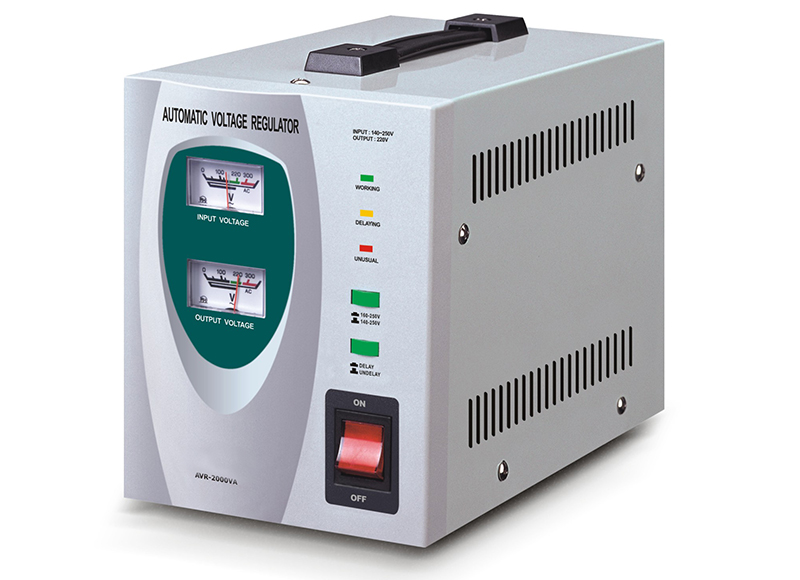Automatic voltage regulator: A control system that is part of an AC/DC generator that keeps the terminal voltage constant. The voltage regulator works under DC voltage. When the input voltage is greater than the regulator's rated (within the range) voltage, it will adjust for use in electronic circuits.
Both large and small rated alternators need to maintain the terminal voltage at the desired value(SCIENTEK ELECTRICAL three-phase voltage regulator). For generators in large interconnected systems, it controls reactive power and helps maintain stability.

The automatic AC voltage regulator is composed of a contact voltage regulator, a sampling control circuit, overvoltage protection, a delay output circuit, and a servo motor. When the input voltage changes or the load changes, the sampling control circuit will sample, amplify, and use the servo motor Adjust the position of the carbon brush of the voltage regulator according to the required direction, and adjust the output voltage until it meets the rated value, thus achieving the purpose of voltage stabilization.
Voltage stabilizers are devices used by consumers for low-voltage AC power supplies. It provides almost constant output voltage. It can be a continuous type (servo control) or switching type.
The voltage stabilizer works under AC voltage, and it adjusts when the input voltage is greater than or less than the rated (within the range) voltage of the stabilizer and is generally used in circuits.
Regulated power supply: used in electronic circuits that require constant voltage. Even if the input voltage changes within the allowable value range, it can provide a constant output voltage. Usually, it is a three-terminal IC with short-circuit protection. Different output voltages are available.